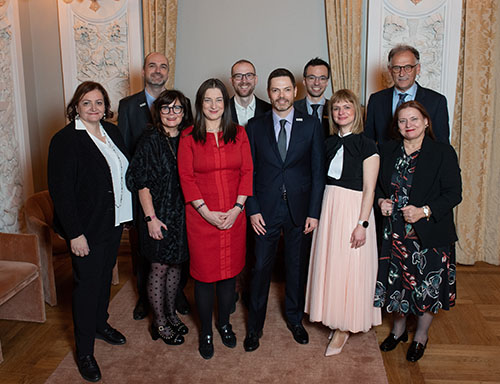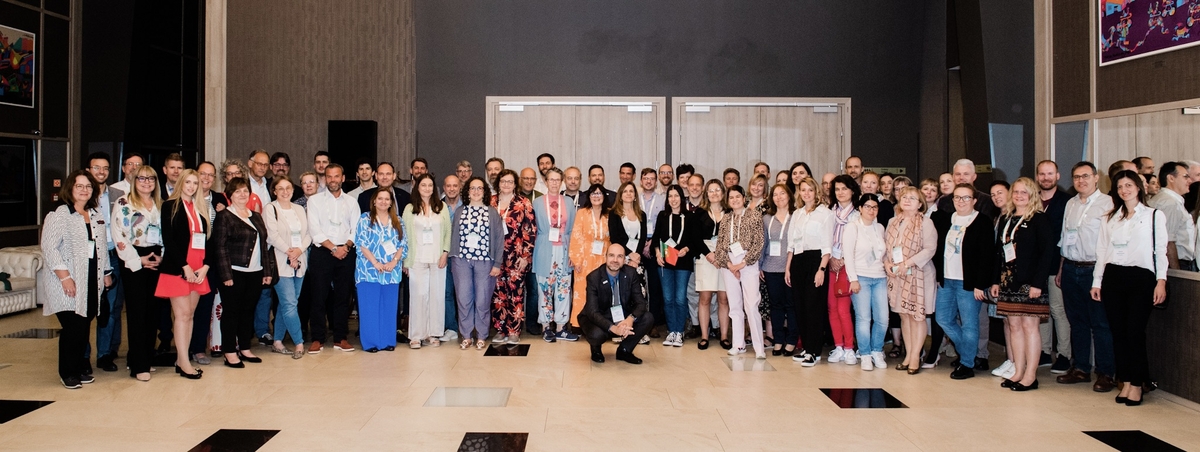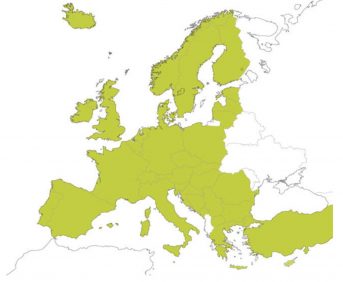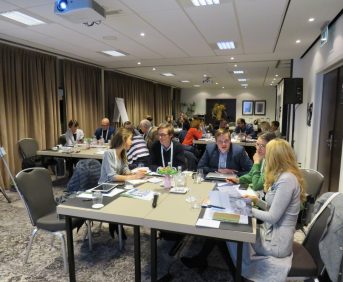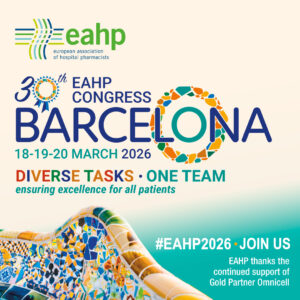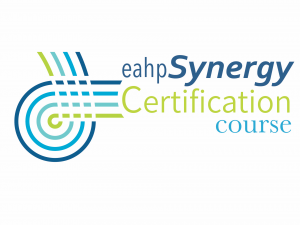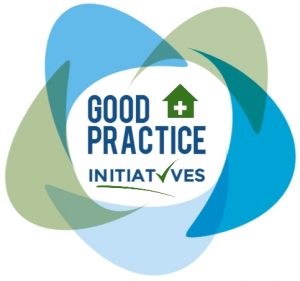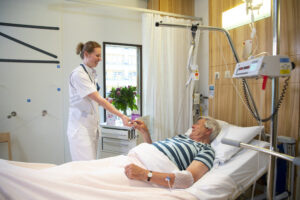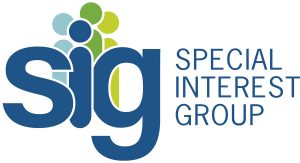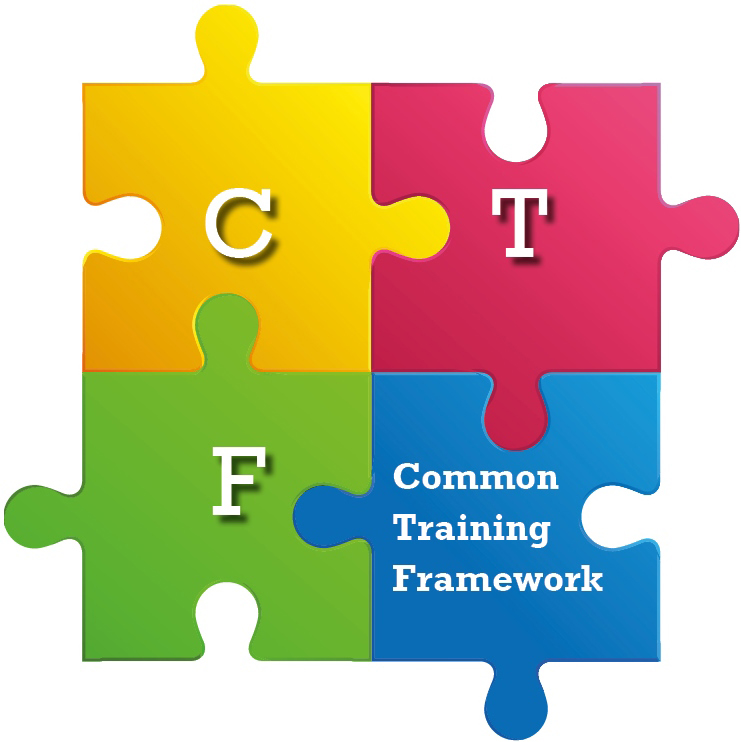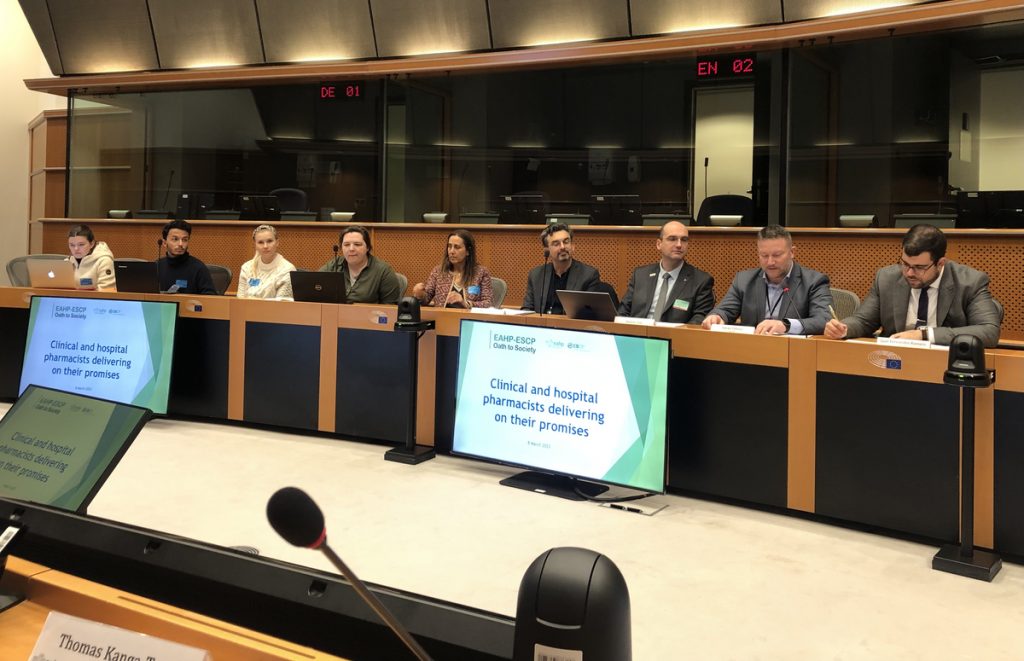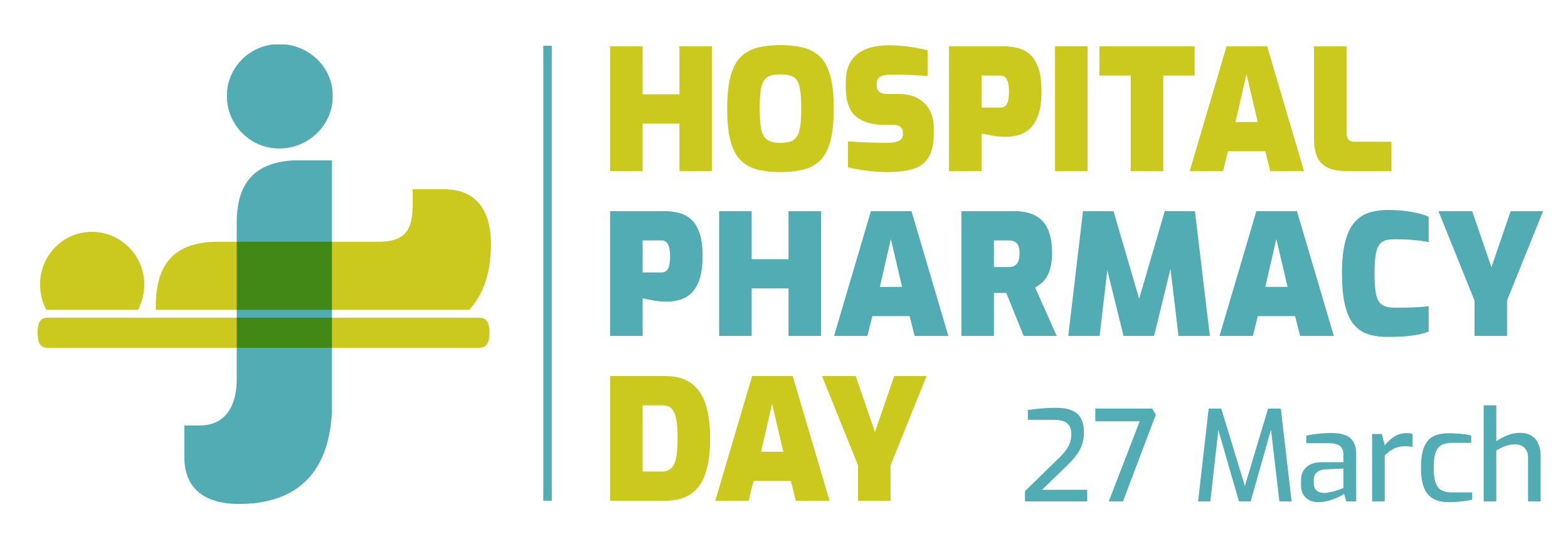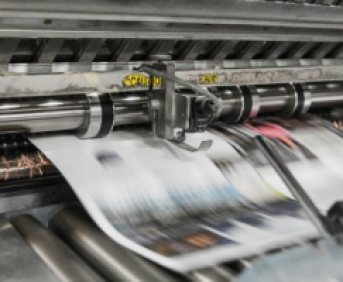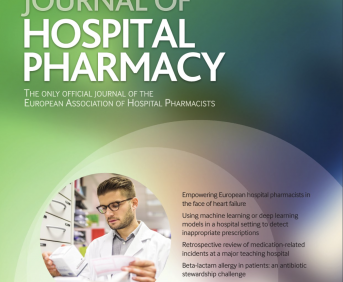Patient education after Arthroplasty: what about the implants?
European Statement
Education and Research
Author(s)
Lionel Tortolano, Quentin Misandeau, Muriel Paul, Valérie Archer
Why was it done?
The main objective was to make give more information to the patients and draw their attention on the implant and the signs of adverse events.
What was done?
In 2018, in order to respond to both the sanitary traceability regulatory and the iatrogenic prevention, we initiated a new education session for patients after their hip or knew surgery.
How was it done?
First, the educational tools were developed in collaboration with surgeons, nurses and physiotherapist.
Each patient is seen after his surgery for the educational interview. At the beginning, the pharmacist asks him questions grouped in 4 themes: the implant, adverse events, prohibited movements and medicines.
According to patient answers, the pharmacist gives him complementary information and documents: an implant card and a booklet, which summarized all essential keys about adverse events and the return home.
We measured the efficiency of our education sessions on the knowledge of 80 patients. After the education session, before the return home, the patient was asked a second time to respond to all questions previously asked. The difference of good answers was considered as an increase of awareness.
What has been achieved?
The results show significant impact of this education session on all items especially those regarding the implants and medicines.
What next?
Since this feasibility study, we perpetuate those education sessions. We initiate a randomized prospective study to measure the impact 6 month after surgery on patient knowledge and potential impact on adverse event incidence rate. The result of this second study are expected to spring 2022.
